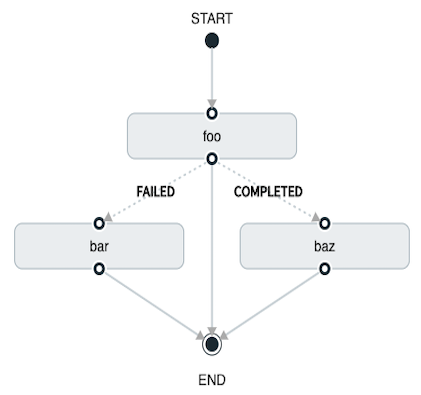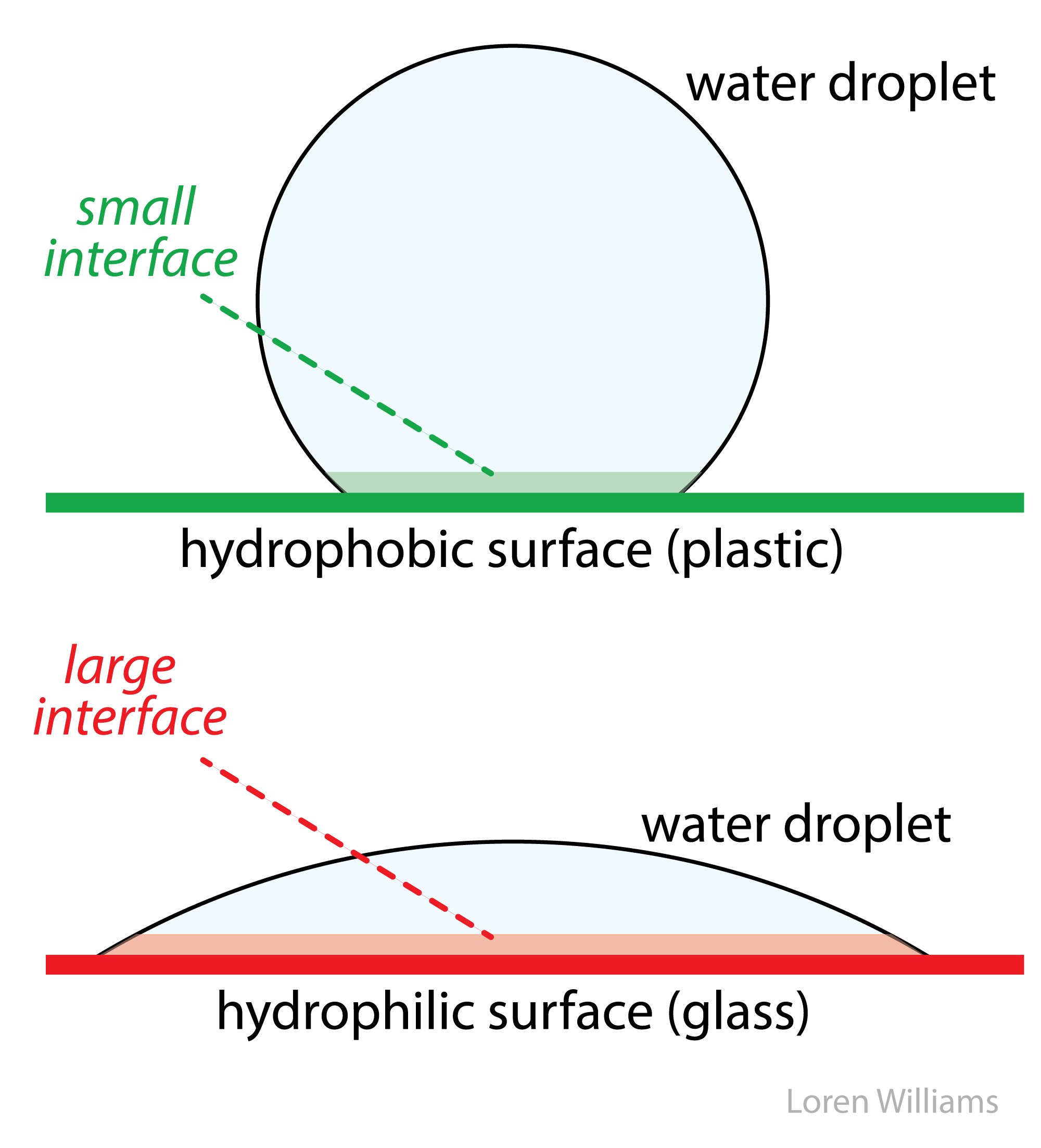In An Diagram The Arrows Above The Attributes Indicate All Desirable Dependencies
A table that is in 1nf and includes no partial dependencies only is said to be in. The arrows above the attributes indicate all.
 A Table That Is In 2nf And Contains No Transitive Dependencies Is
A Table That Is In 2nf And Contains No Transitive Dependencies Is
An exists when there are functional dependencies such that xy is functionally dependent on wz x is functionally dependent on w and xy is the primary key.
In an diagram the arrows above the attributes indicate all desirable dependencies. An is the attribute in the supertype entity that determines to which entity subtype each supertype occurrence is related. The arrows below indicate the undesirable dependencies transitive and partial. Dependency if a table has multiple candidate keys and one of those candidate keys is a composite key the table can have based on this composite candidate key even when the primary key chosen is a single attribute.
The table is in 1nf as all arrows above the table in non key attributes indicate desirable relationships. The arrows above the attributes indicate all desirable dependencies ie dependencies that are based on the full primary key projnum empnum. C1 and c3 are compound keys c2 has a partial dependency on c1 c4 and c5 have partial dependencies on c2 c5 depends on c4.
The arrows above entities indicate all desirable dependencies in this table ie dependencies that are based on pk. In an diagram the arrows above the attributes indicate all desirable dependencies. The default comparison condition for the subtype discriminator attribute is the comparison.
This preview has intentionally blurred sections. Sign up to view the full version. A table where all attributes are dependent on the primary key and are independent of each other and no row contains two or more multivalued facts about an entity is said to be in.
The arrows below the dependency diagram indicate less desirable dependencies partial dependencies not based on entire pk and transitive dependencies. If a table has multiple candidate keys and one of those candidate keys is a composite key the table can have based on this composite candidate key even when the primary key chosen is a single attribute. In andiagram the arrows above the attributes indicate all desirable dependencies.
In an diagram the arrows above the attributes indicate all desirable dependencies. Identify and discuss each of the indicated dependencies. Dependency c functionality d.
Attribute a attribute b if all of the rows in the table that agree in value for attribute a also agree in value for attribute b.
 Building A Serverless Data Pipeline Iot To Analytics
Building A Serverless Data Pipeline Iot To Analytics
 Spring Cloud Data Flow Reference Guide
Spring Cloud Data Flow Reference Guide
 Programmer Friendly Refactoring Errors
Programmer Friendly Refactoring Errors
Chapter 6 Solutions Itc423 Database Systems Studocu
 Moneylab Reader 2 Overcoming The Hype By Institute Of Network
Moneylab Reader 2 Overcoming The Hype By Institute Of Network
Chapter 6 Solutions Itc423 Database Systems Studocu
Building Pi System Assets And Analytics With Pi Af
Biopython Tutorial And Cookbook
Social Innovation In Marginalised Rural Areas Call H2020 Isib 2015
 Class Diagram Relationships In Uml Explained With Examples
Class Diagram Relationships In Uml Explained With Examples
 Pdf Designing A Usable Mobile Application For Field Data Collection
Pdf Designing A Usable Mobile Application For Field Data Collection
 Pdf Software Architecture Built From Behavior Models
Pdf Software Architecture Built From Behavior Models
 Ism3212 Quiz6 Docx 1 Dependency Diagrams Are Very Helpful In
Ism3212 Quiz6 Docx 1 Dependency Diagrams Are Very Helpful In
 Pdf Mechanisms Of Conscious And Unconscious Interpretative Processes
Pdf Mechanisms Of Conscious And Unconscious Interpretative Processes
Chapter 6 Solutions Itc423 Database Systems Studocu
Proceedings Of The Natick Science Symposium 4th Held In Natick
 Molecular Interactions Noncovalent Interactions
Molecular Interactions Noncovalent Interactions



0 Response to "In An Diagram The Arrows Above The Attributes Indicate All Desirable Dependencies"
Post a Comment